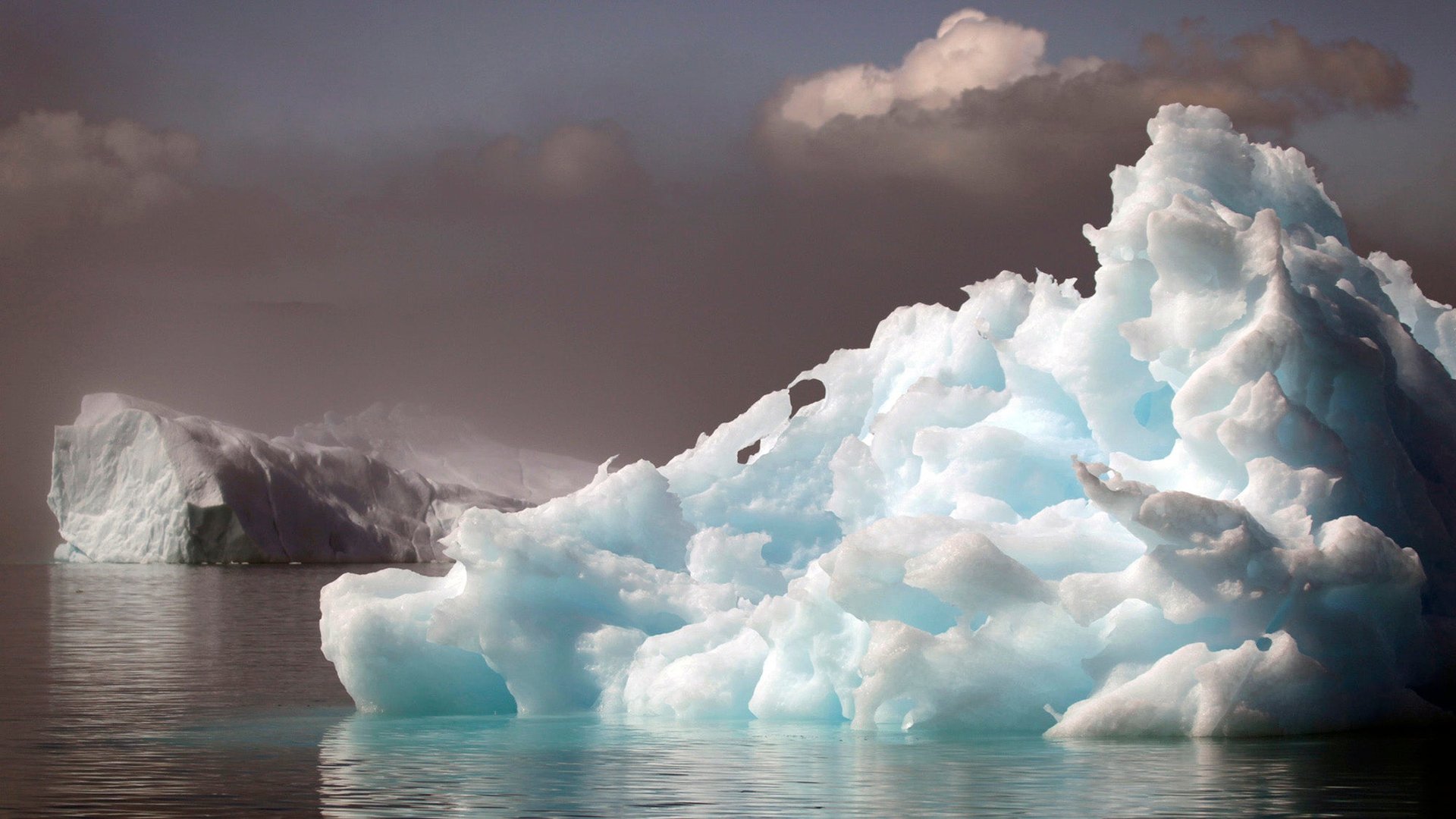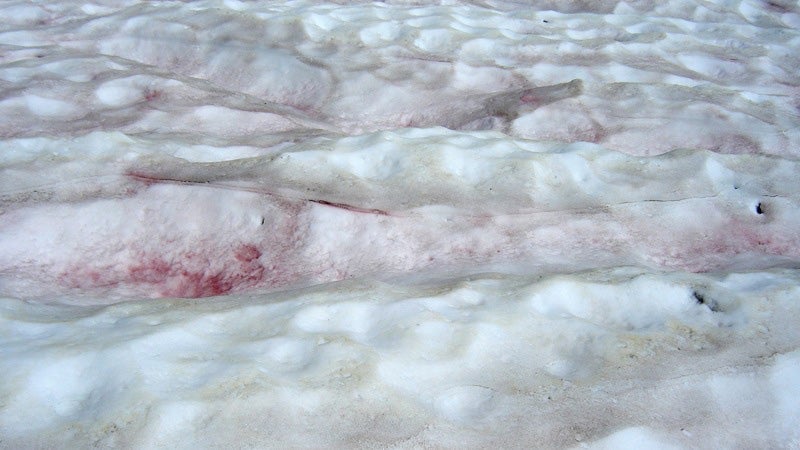A pink algae bloom in Greenland is speeding up the terrifying rise of sea levels globally
Greenland is home to a little more than 50,000 people. And, yet, what happens there affects billions around the world. A third of the recent sea-level rise worldwide can be linked to the melting of the country’s massive ice sheets.


Greenland is home to a little more than 50,000 people. And, yet, what happens there affects billions around the world. A third of the recent sea-level rise worldwide can be linked to the melting of the country’s massive ice sheets.
Now it looks like Greenland’s algae are making matters even worse.
Melting of ice sheets in the summer and re-freezing in the winter is normal. However, as global temperatures keep rising, there’s more melting and less re-freezing, causing sea levels to rise. If we heat up the globe by 2 °C or more compared to pre-industrial times, we will lose many islands and submerge quite a few coastal cities around the world.
These higher temperatures also help trigger more and bigger algae blooms. The culprit is the ice-adapted algae known as Chlamydomonas nivalis, whose red color creates the pink snow that skiers know as “watermelon snow.”

When summer approaches and there is near-constant daylight, C. nivalis starts its life cycle in looking green. As it matures, to protect itself from the sun’s ultraviolet rays, it makes chemicals called carotenoids, which give it a reddish hue. “They’re extremely lazy algae—they sleep for nine months and then wake up and have a party,” a researcher studying the algae told Nature.
Without these algae, the white snow reflects back a lot of the heat that the sun throws its way. The pink-streaked algae-infused snow, however, traps the sun’s heat, which melts more snow—and in turn helps other algae to start blooming. It’s a vicious cycle. According to a 2015 study of Norway’s ice sheets, such blooms can reduce the reflectivity of the ice sheet by more than 10%.
We still don’t know a lot about these algae, especially those in Greenland. A new $4-million project called Black and Bloom should change that. Scientists have begun a six-week observation period, spreading across Greenland to understand how these algae are changing and their impact on the melting glaciers.
What they learn in Greenland could also apply to glaciers around the world that suffer from algae blooms in their melting and re-freezing cycles. There is no way to stop the blooms, but knowing more about them could perhaps help slow them down.